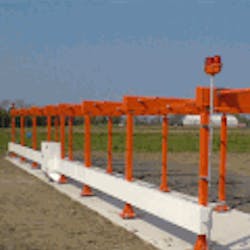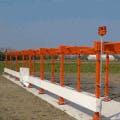Solar-powered Zephyr UAV officially awarded three world records
Posted by John McHale

